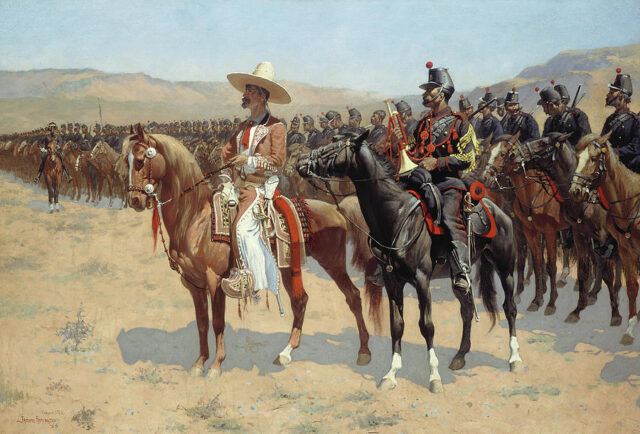
Frederic Remington was a renowned artist, writer, and sculptor who left an indelible mark on the world of Western art. Born on October 4, 1861, in Canton, New York, Remington grew up with a passion for the American West, which would later become the focal point of his artistic career.
With his remarkable talent and keen eye for detail, Remington captured the spirit of the Wild West through his iconic paintings, sculptures, and writings, earning him a place in history as one of the most influential artists of his time.
Early Life and Artistic Beginnings
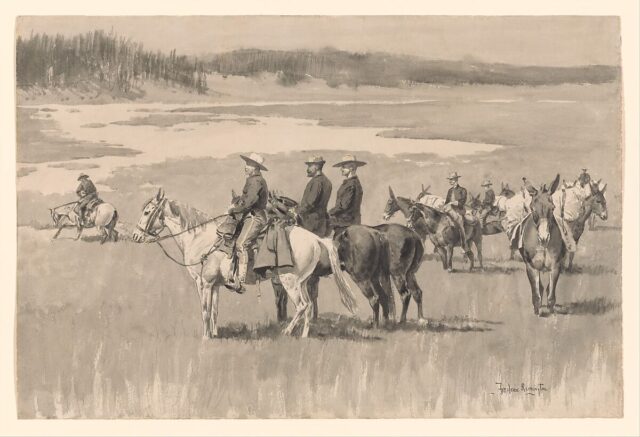
Growing up in a prosperous family, Remington was exposed to art from a young age. He showed a talent for drawing and painting from an early age and was encouraged by his family to pursue his artistic passion. After attending the Yale School of Art, Remington embarked on a journey to the Western frontier, where he found inspiration in the rugged landscapes, vibrant cultures, and the people who inhabited the region.
It was during his travels that Remington honed his artistic skills, immersing himself in the lifestyle of cowboys, Native Americans, and frontiersmen. He spent hours observing their way of life, capturing their daily struggles and triumphs in his sketches and paintings. Remington’s keen eye for detail and his ability to capture the essence of the West in his artwork quickly gained recognition, setting him on the path to becoming a pioneer of Western art.
Iconic Artworks and Artistic Style
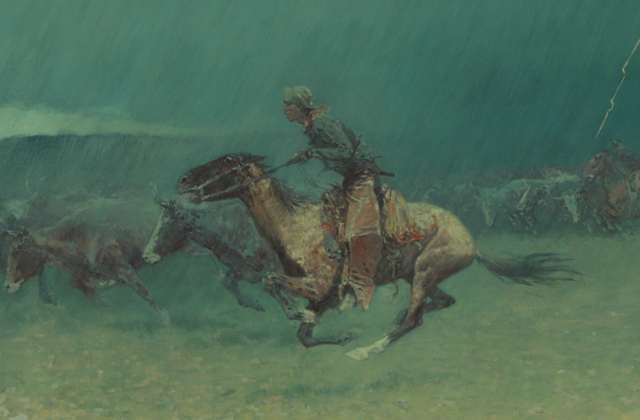
Frederic Remington’s art is known for its vibrant and dynamic portrayal of the American West. He had a unique ability to capture the action and movement of the wild frontier, depicting scenes of cowboys, Native Americans, and horses in dramatic and vivid detail. His artwork often featured action-packed scenes of hunting, battles, and rugged landscapes, which brought the untamed spirit of the West to life.
One of Remington’s most famous paintings is “The Charge of the Rough Riders,” which depicts Theodore Roosevelt and his legendary Rough Riders charging into battle during the Spanish-American War. This iconic painting captures the bravery and courage of the soldiers as they charge forward, rifles blazing. Another well-known artwork is “A Dash for the Timber,” which showcases a thrilling chase between cowboys and Native Americans on horseback, capturing the adrenaline-pumping excitement of the Wild West.
Remington’s artistic style was characterized by his use of bold brushstrokes, rich colors, and a keen attention to detail. He had a remarkable ability to capture the unique light and shadows of the Western landscapes, adding depth and dimension to his paintings. His artwork often showcased the raw beauty of the American West, while also depicting the harsh realities and challenges faced by those who lived there.
Legacy and Impact on Western Art
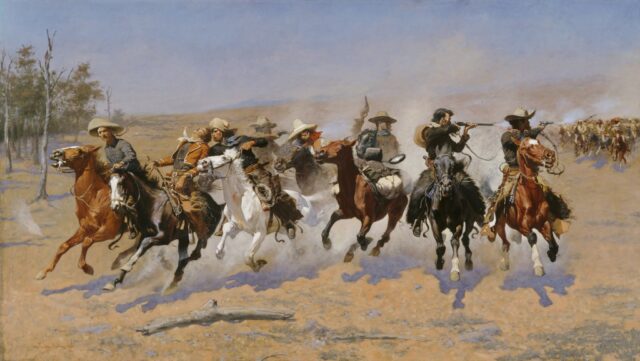
Remington’s contributions to Western art are immeasurable. He was a pioneer in capturing the spirit of the Wild West and bringing it to life through his artwork. His paintings, sculptures, and writings became iconic representations of the American West, shaping the perception of the region for generations to come.
Remington’s artwork was widely recognized during his time, earning him numerous awards and accolades for his exceptional talent. His artwork was exhibited in prestigious galleries and museums, and his paintings were sought after by collectors and art enthusiasts alike.
Impact on Popular Culture and Western Imagery
Remington’s artwork has had a lasting impact on popular culture and Western imagery. His depictions of cowboys, Native Americans, and the landscapes of the American West have become iconic symbols of the frontier spirit and the rugged individualism that characterizes the American West. His artwork has been widely reproduced in books, magazines, movies, and television shows, cementing his legacy as a pioneer of Western art.
Remington’s artwork has also been influential in shaping the perception and portrayal of the American West in literature, film, and other art forms. His dynamic and action-packed scenes of cowboys and Native Americans have inspired countless writers, filmmakers, and artists to depict the Wild West in a similar vein. His depictions of the West have become deeply ingrained in the American consciousness, creating a lasting legacy that continues to influence Western art and culture today.
Contributions beyond Art: Remington as a Writer and Sculptor
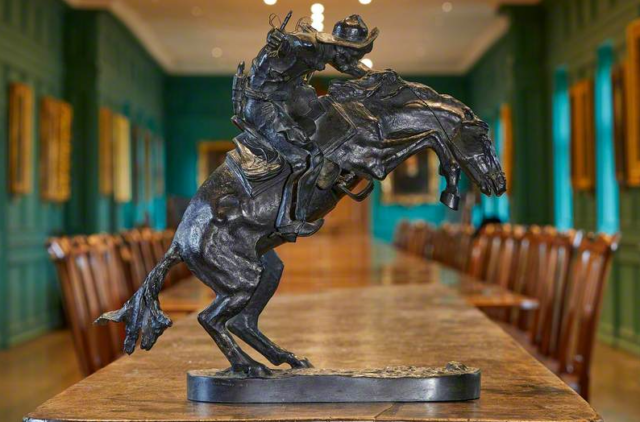
In addition to his prowess as a painter, Remington was also a prolific writer and sculptor. He wrote extensively about his experiences in the West, capturing the spirit of the frontier in his vivid and often humorous writings. His stories and articles were published in popular magazines of his time, such as Harper’s Weekly and Scribner’s Magazine, gaining him a wide readership and further establishing his reputation as a prominent figure in Western art and culture.
Remington’s sculptures were also highly regarded, showcasing his skill in capturing the ruggedness and spirit of the American West in three-dimensional form. He created numerous sculptures of cowboys, Native Americans, and wildlife, which were widely exhibited and celebrated for their attention to detail and artistic excellence. Remington’s sculptures are considered important contributions to American sculpture and have left a lasting legacy in the art world.
Challenges and Criticisms
Despite his success and enduring legacy, Remington faced challenges and criticisms during his lifetime. Some art critics of his time criticized his work as overly sensational or lacking in artistic depth. They argued that his depictions of the West were romanticized and exaggerated, and that he portrayed Native Americans and cowboys in a stereotypical manner. Remington also faced financial challenges at times, struggling to sell his artwork and support himself and his family.
In retrospect, some of Remington’s artwork has been criticized for its portrayal of Native Americans and its romanticized depiction of the Wild West. As with many artists of his time, Remington’s work reflected the prevailing attitudes and perspectives of the era in which he lived. However, it is important to recognize that Remington’s contributions to Western art and culture are significant and that his artwork continues to be celebrated for its technical skill, artistic vision, and impact on American history.












